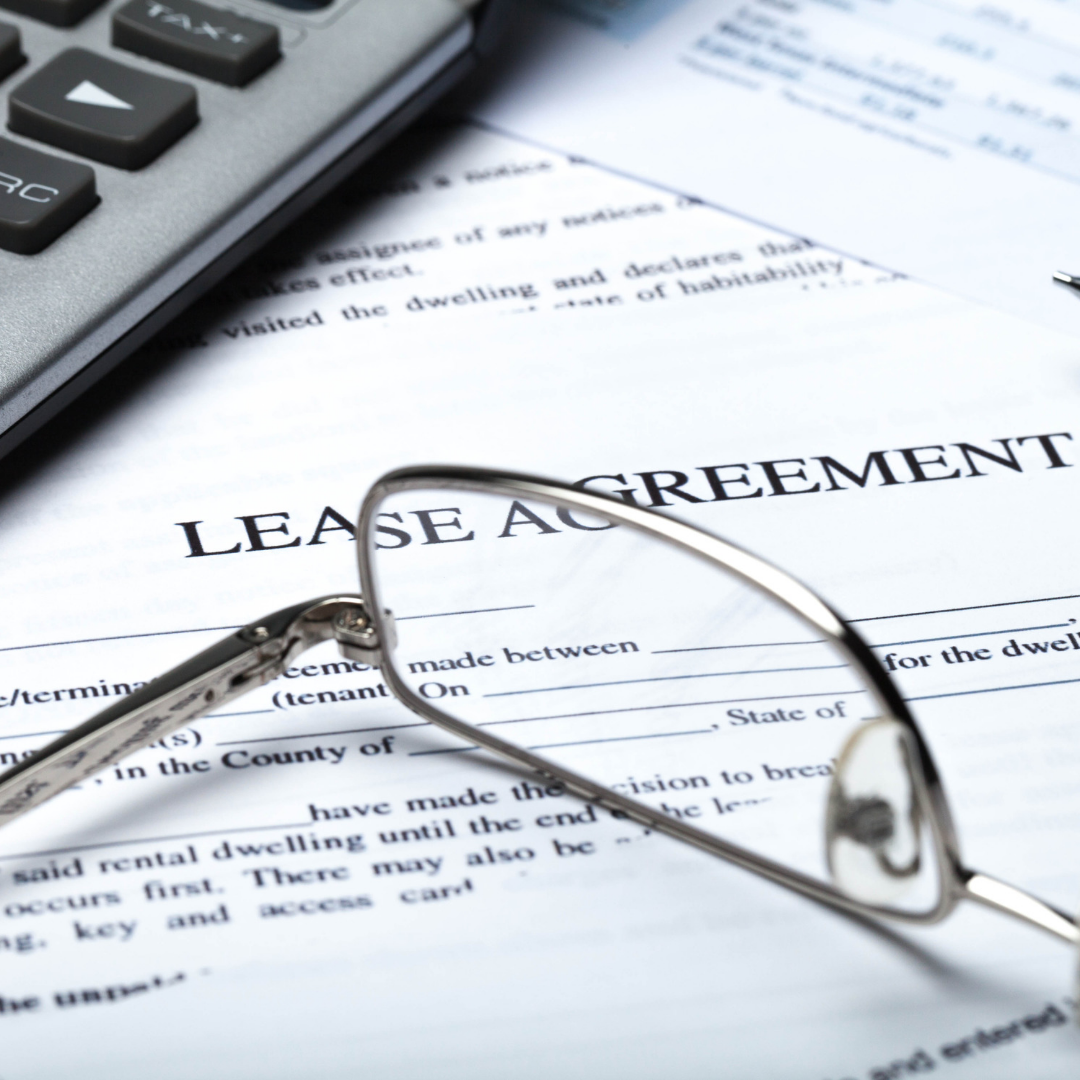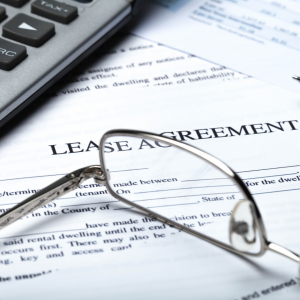 Timing the Rental Market
Timing the Rental Market
Knowing when to market your property is half the battle.
Timing is a large part of profitably managing Investment Property. Vacancy is a landlord’s potentially largest variable expense. We say ‘potential’ because ideally, the vacancy rate is as close to zero as possible.
By pricing a property correctly and understanding both the monthly and yearly rental cycles, you have your best chance to reduce your vacancy and increase profits.
Monthly:
Tenants rarely move out until they have somewhere to move-in. Depending on where your investment is, this cycle will shift, but you can expect tenants to be looking for a new place right before they must give notice to their current landlord.
For example:
In the Seattle market, tenants that are leaving a month-to-month rental are required to give notice to their landlord 20 days before the end of the lease term, this is usually around the 10th of a month. This means there is a predictable drop-off of leasing activity each month around the 10th.
For instance, if a property were to be available July 1st, tenants wanting that move-in date will start looking around May 20th. They will be making most of their offers between May 25th and June 5th. Activity will quickly die down after June 10th. Landlord’s should therefore try and have their property listed on the market, in as many places as possible, by May 15th(asking the upper-end of the realistic rental rate initially), and they should adjust price based on results to find the market by June 10th at the latest.
Annually:
The summer months are typically the “hot market” when investors can see an average 10% higher rent price than rentals in the cooler months.
September 1st is normally the busiest move-in date of the year. But then the market dramatically slows in the fall.
If you priced too high in May and didn’t get it rented, the market may come up to that price in June. But if you priced too high in September, you might benefit from dropping the price quickly to get ahead of the downward curve that’s coming during the fall months.
Timing the Term End Date
Use the start time as a way to schedule your end date. Set your leases to end in May, June, or July (regardless of whether that means a 6, 9, or, 18-month initial term to get on a summer rental cycle).
This sets you up for rent increases for current tenants who renew, and for higher prices for a new tenant.

 Facebook
Facebook
 X
X
 Pinterest
Pinterest
 Copy Link
Copy Link

 Timing the Rental Market
Timing the Rental Market
